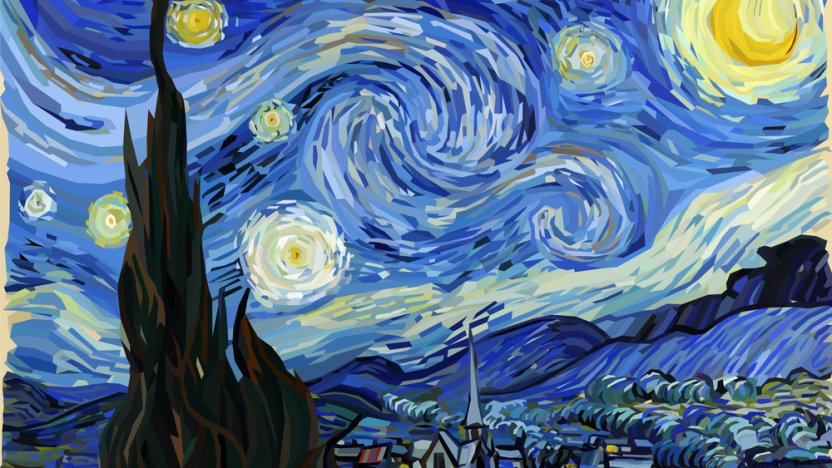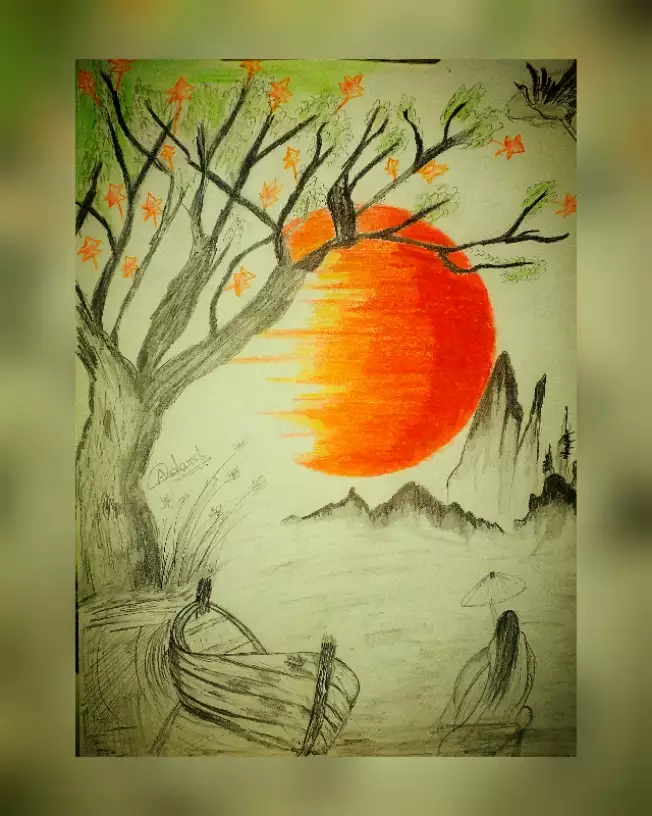The Crossway of National Politics and Looks in Trump Art
Wiki Article
Embarking on an Aesthetic Journey Via the Lyrical Analyses of Nature in Stylist Landscapes
Each brushstroke, each play of light and darkness, and each shade selection in their works talks quantities about the artists' deep link to nature and their ability to equate its appeal onto the canvas. As we discover the lyrical interpretations of nature in Stylist landscapes, we are invited to submerse ourselves in a globe where reality and emotion link, providing a glimpse into the artists' extensive recognition for the all-natural world.The Captivating Brushstrokes of Claude Monet
Claude Monet's proficiency of brushstrokes goes beyond mere technique, imbuing his landscapes with an angelic high quality that fascinates and captivates customers - trump art. His innovative usage of shade and light, incorporated with his unique brushwork, produces a feeling of movement and life within his paints. Monet's renowned series of jobs depicting water lilies and his famous haystacks display his capacity to catch the fleeting impacts of light and environment
Checking Out Light and Shadow With Camille Pissarro
Personifying a similar respect for the interplay of light and darkness, Camille Pissarro's creative vision unfolds as a harmonious expedition of the all-natural world's luminous subtleties. Pissarro, a vital figure in the Impressionist movement, masterfully caught the vibrant partnership between light and shadow in his landscapes. His experienced use of shade and brushwork enabled him to share the refined changes in light that specify various times of day and seasons.Pissarro's paints often feature spotted sunlight filtering system with leaves, casting complex patterns of light and shadow on the earth listed below. In works such as "Hoar Frost, the Effect of Snow, Pontoise," Pissarro skillfully depicts the crisp brightness of winter sunlight compared with the trendy darkness that define the snowy landscape. By welcoming both light and shadow in his structures, Pissarro invites audiences to submerse themselves in the all-natural beauty and transient impacts of light on the planet around them.

Through Pissarro's jobs, we are advised of the transformative power of light and shadow, inviting us to stop and value the short lived minutes of charm existing in the day-to-day landscapes that surround us.
A Symphony of Color Styles by Edgar Degas
Edgar Degas coordinates a dynamic symphony of shades in his masterful art work, infusing his compositions with a dynamic interaction of hues that mesmerize the customer's look. Understood largely for his ballet professional dancers and intimate scenes of Parisian life, Degas adeptly adjusted colors to convey state of mind and activity in his paintings. trump art. His usage of bold, contrasting shades check here and refined tonal variants developed a sense of depth and vibrancy within his worksDegas' color palette often contained abundant blues, deep environment-friendlies, and warm oranges, which he applied with positive brushstrokes to record the essence of his topics. Whether representing a ballerina mid-performance or a team of good friends talking at a cafe, Degas' colors not just depicted the scene however additionally evoked a sense of emotion and energy.
Additionally, Degas' testing with light and shadow added an additional layer of complexity to his color structures, boosting the total ambience of his paints (trump art). Via his skilled control of color, Degas created a visual symphony that remains to resonate with viewers today
Discovering Nature's Calmness With Berthe Morisot
Berthe Morisot's imaginative vision provides a calm separation from the lively shade symphonies of Edgar Degas, as she captures the tranquility of nature in her evocative landscapes. Recognized for her delicate brushwork and intimate representations of day-to-day life, Morisot's landscapes exhibit a feeling of tranquility and harmony.Morisot's paints frequently include soft, low-key tones that convey a feeling of calmness and serenity. Her works, such as "The Cradle" and "Summer season's Day," showcase her ability to record the refined appeal of nature in such a way that is both reflective and calming to the visitor.
Unlike several of her Impressionist equivalents that concentrated on dynamic make-ups and vibrant colors, Morisot chose to create gentle, reflective scenes that welcome the audience to stop and show. Through her masterful use light and shadow, Morisot produces a feeling of serenity that reverberates with the audience on a deep emotional level.
The Emotional Landscapes of Vincent Van Gogh
Vincent Van Gogh's landscapes strongly convey a deepness of emotion via their dynamic brushwork and meaningful use color. The Dutch post-impressionist artist is renowned for his ability to click for info record raw and extreme feelings in his paintings, going beyond typical depictions of nature. Van Gogh's troubled individual life, noted by psychological health battles, greatly affected his art, instilling his landscapes with a feeling of worry, my sources melancholy, or liveliness.In jobs such as "Starry Night" and "Wheatfield with Crows," Van Gogh's swirling brushstrokes and vivid color options stimulate a profound psychological reaction from visitors. The unstable skies and perturbed landscapes in his paints show his internal turmoil and psychological disturbance, welcoming viewers to look into the intricacies of his mind.
Van Gogh's special aesthetic language, defined by overstated point of views and vibrant use of shade, develops landscapes that resonate with visitors on a deeply emotional level. Through his art, Van Gogh invites us to see nature not just as an outside truth however as a mirror of our innermost feelings and feelings.
Conclusion
Finally, the impressionist landscapes of artists such as Claude Monet, Camille Pissarro, Edgar Degas, Berthe Morisot, and Vincent Van Gogh offer a distinct and fascinating aesthetic analysis of nature. Via their usage of brushstrokes, shade, light, and emotion, these musicians have actually produced a symphony of images that evoke a feeling of tranquility and appeal in the environment. Their jobs remain to inspire and captivate audiences with their lyrical interpretations of the landscapes around us.Each brushstroke, each play of light and shadow, and each color option in their jobs talks quantities about the artists' deep link to nature and their capability to convert its beauty onto the canvas. His ingenious use of shade and light, incorporated with his distinct brushwork, produces a feeling of motion and life within his paintings. His skilled use of color and brushwork permitted him to share the subtle shifts in light that define different times of day and periods.

Report this wiki page